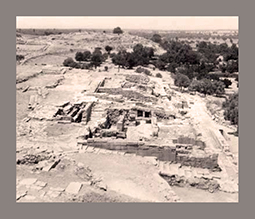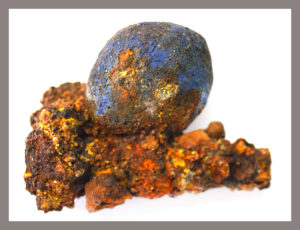Autore: M. Figuera
Scarica l’articolo in formato .pdf: Immagazzinamento, circolazione e uso dei metalli in età neopalaziale: il caso di Haghia Triada

Il presente contributo intende analizzare la distribuzione spaziale dei reperti metallici all’interno del sito di Haghia Triada e la relazione tra contesti di rinvenimento e aspetti funzionali, siano essi utilitaristici, di prestigio, rituali o cerimoniali, evidenziando il rapporto esistente tra il metallo in circolazione, quello immagazzinato, in maniera permanente o temporanea, e quello destinato ad essere riciclato. L’obiettivo è riuscire ad indagare le scelte, messe in atto all’interno di questo insediamento, relative all’utilizzo o all’immagazzinamento del metallo, alle priorità funzionali che i manufatti assumevano all’interno di un contesto specifico e alle eventuali strategie restrittive elaborate all’interno di un gruppo sociale per limitare l’accesso a questo bene di grande valore. Haghia Triada si connota come un sito chiave per la presenza di una mole non indifferente di manufatti bronzei e di ben diciannove lingotti di rame. Permette, inoltre, un’analisi non inficiata dai limiti insiti nello studio dei metalli, perché oggetto di un abbandono repentino che ha preservato buona parte dei contesti di rinvenimento.
This paper aims to investigate the spatial distribution of metal finds within the site of Ayia Triada, the relationship between the contexts of discovery and functional aspects ‒ utilitarian, prestigious, ritual or ceremonial ‒ deepening the relationship between the metal in circulation, stored permanently or temporarily, or intended to be recycled. The goal is to investigate the choices within a single settlement, relating to the use or storage of metals, to the functional priorities that the artefacts played in a specific context and to any restrictive strategies developed by a social group to limit access to this highly valuable sources. Haghia Triada is characterized as a key site for the presence of a considerable amount of bronze artefacts and nineteen copper ox-hide ingots. It also allows an analysis not affected by the limitations inherent in the study of metals, because it was suddenly abandoned and thanks to that has preserved a large part of the recovery contexts.

